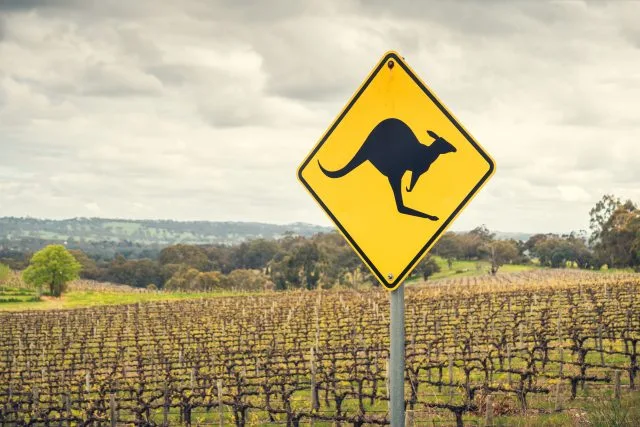Plans have been outlined by the Australian wine industry to reduce its carbon emissions by more than 40% before 2030. Wine Australia’s emissions reduction roadmap, developed with sustainability advisory Edge Impact, has been created in consultation with more than 200 members of the grape-growing and wine sector, creating a science-backed pathway. It outlines 11 initiatives to reduce emissions in the vineyards, the winery and the supply chain, including a focus on data to inform business decisions, reducing – and eliminating – the use of fossil fuel vehicles, operating efficient production sites powered by renewable electricity, optimising low emissions transport and distribution networks, and collaborating with the wine supply chain to reduce emissions from high emitting materials and services. The roadmap is accompanied by the emissions reduction guide, which is aa reference manual for grapegrowers and winemakers to use in taking action within their businesses. Senior research and innovation programme manager Dr Sharon Harvey said the roadmap was “key starting point” and reflected the commitment to ongoing improvement and safeguarding the future for Australian wine. She also said the collaboration across the production and supply chain would be critical. Harvey said that “we all need to consider the emissions costs of our products” and how to reduce the impact on the climate. She said: “Backed by science, our roadmap identifies the current footprint of the Australian grape and wine sector, the key areas where emissions reduction can be achieved, and it provides practical steps for growers, winemakers, and other members of the value
This Article was originally published on The Drink Business - Wine







